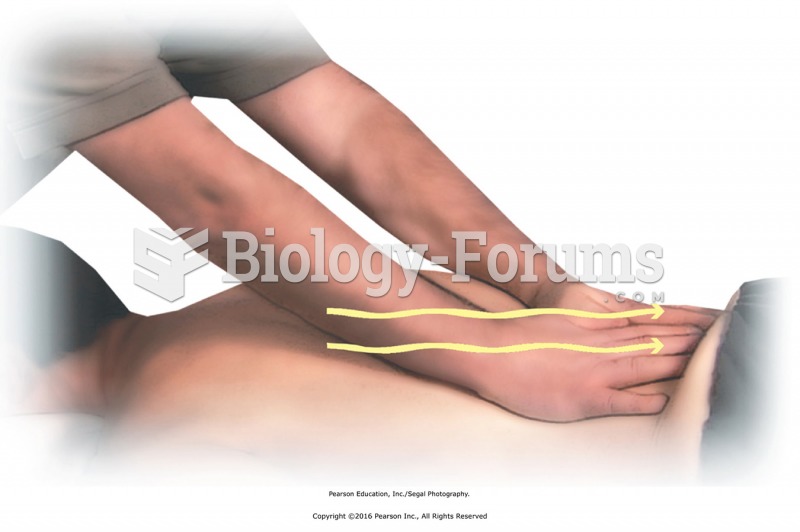|
|
|
Human stomach acid is strong enough to dissolve small pieces of metal such as razor blades or staples.
Certain rare plants containing cyanide include apricot pits and a type of potato called cassava. Fortunately, only chronic or massive ingestion of any of these plants can lead to serious poisoning.
People with high total cholesterol have about two times the risk for heart disease as people with ideal levels.
Many supplement containers do not even contain what their labels say. There are many documented reports of products containing much less, or more, that what is listed on their labels. They may also contain undisclosed prescription drugs and even contaminants.
According to animal studies, the typical American diet is damaging to the liver and may result in allergies, low energy, digestive problems, and a lack of ability to detoxify harmful substances.
 Basic chemical structure and synthesis of catecholamines. The synthesis of norepinephrine occurs in ...
Basic chemical structure and synthesis of catecholamines. The synthesis of norepinephrine occurs in ...
 Reconnect the lower back with the shoulder with a few deep effleurage strokes. Then place one hand ...
Reconnect the lower back with the shoulder with a few deep effleurage strokes. Then place one hand ...
 After the chemical exfoliation substance has been applied, wrap the two top sheets around the client ...
After the chemical exfoliation substance has been applied, wrap the two top sheets around the client ...




